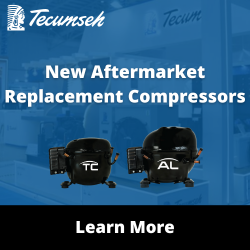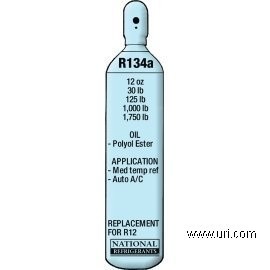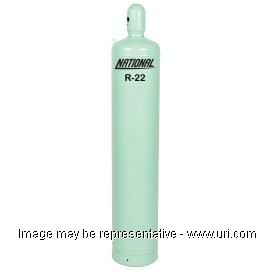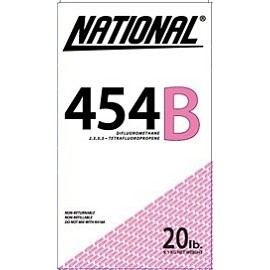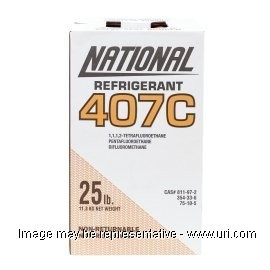- Refrigeration Equipment
- AC and Heating Equipment
- Indoor Air Quality
- Food Service
- Compressors
- Motors and Accessories
- Refrigerants and Chemicals
-
Controls and Electrical
- Thermostat
- Commercial Building
- Defrost Termination-Freeze Protection-Fan Switches
- Detector
- Electrical Devices and Accessories
- Flow Switch-Current Sensors
- Heating
- Humidity
- Motor Drives
- Pneumatic
- Pressure
- Supermarket Controls and Parts
- Temperature
- Timer
- Water Regulating Valve
- Zone Control and Wireless
-
Float Switch
-
Security Camera
- Parts and Components
- Supplies and Service
- New and Featured
- Job List Builder
Product Categories
-
Product Categories
- Refrigeration Equipment
- AC and Heating Equipment
- Indoor Air Quality
- Food Service
- Compressors
- Motors and Accessories
- Refrigerants and Chemicals
- Adhesives-Threadlock View
- Coil Cleaner View
- Coil Coating View
- Coil Degreaser View
- Degreaser View
- Electric Contact Cleaner View
- Food Grade Silicone View
- Glycols View
- Leak Detection View
- Leak Sealant View
- Lubricants View
- Pump Protector View
- Refrigerant Treatments View
- Solvent View
- Wasp and Hornet Spray View
- Zinc Spray View
- Controls and Electrical
- Thermostat
- Commercial Building
- Defrost Termination-Freeze Protection-Fan Switches
- Detector
- Electrical Devices and Accessories
- Flow Switch-Current Sensors
- Heating
- Humidity
- Motor Drives
- Pneumatic
- Pressure
- Supermarket Controls and Parts
- Temperature
- Timer
- Water Regulating Valve
- Zone Control and Wireless
- Float Switch
- Security Camera
- Parts and Components
- Supplies and Service
- New and Featured
- Job List Builder
- New & Featured
- Home/
- Refrigerants and Chemicals/
- Refrigerants/
- Gases/
- R134a/
- 1750R134A
Log in for pricing and inventory.
1750R134A

1750R134A
R134a refrigerant, HFC, 1,750 lb. returnable cylinder
Motor Freight
Controlled Substances
- Vendor Name:
- National Refrigerants, Inc.
- URI Part Number:
- 1750R134A
- Vendor Part Number:
- 1750R134A
- Shipping Weight (Lbs.):
- 3000.00
- ASHRAE Standard 34 Safety Rating:
- A1
- Container Size:
- 1750 Lb Cylinder
- Critical Pressure (psia):
- 588.3
- Critical Temperature ( Deg. F):
- 213.8
- Molecular Weight:
- 102.3
- Note 1:
- returnable cylinder
- Refrigerant:
- R134a
- Vapor Density (bp, Lb./Ft³):
- 0.328
R-134a
This HFC refrigerant has been the standard OEM choice for household appliances, small self-contained refrigeration units, very large chillers, and automotive air conditioning. It is also being used as the heat transfer fluid in secondary loop systems. R-134a is a component in many refrigerant blends on the market, including the new lower GWP blends.
Application Temperature Range: R-134a performance suffers at lower evaporator temperatures. In general it is not applied at temperatures below -10°F, and it is not necessarily the most economical overall choice in some other applications. Traditional R-12 type applications have adopted several products as alternatives, including R-134a, R-22, R-404A/R-507, and numerous retrofit blends.
Lubrication: R-134a requires polyolester (POE) lubricants, primarily for their ability to mix with HFC refrigerants. Traditional mineral oils and alkylbenzene do not mix with HFCs and will cause compressor failures. In addition, automotive air conditioning systems may also use polyalkylene glycol (PAG) lubricants (not typically seen in stationary equipment).
Both POEs and PAGs will absorb moisture, and hold onto it, to a much greater extent than traditional lubricants. The moisture will promote reactions in the lubricant as well as the usual problems associated with water (corrosion, acid formation, etc.). The best way to dry a wet HFC system is to use a filter drier - run the system and change the drier - instead of relying on evacuation to clear the water.
Retrofitting Considerations: Equipment built for R-12 will be sized a bit too small compared to equipment built for R-134a. In order to do the same job, an R-134a system will need a larger compressor and larger heat exchangers. As a result, a system that is retrofitted from R-12 to R-134a will have lower capacity (run longer) and will probably develop higher head pressures (not enough condenser area). The lubricant will also need to be flushed and replaced with POE.

